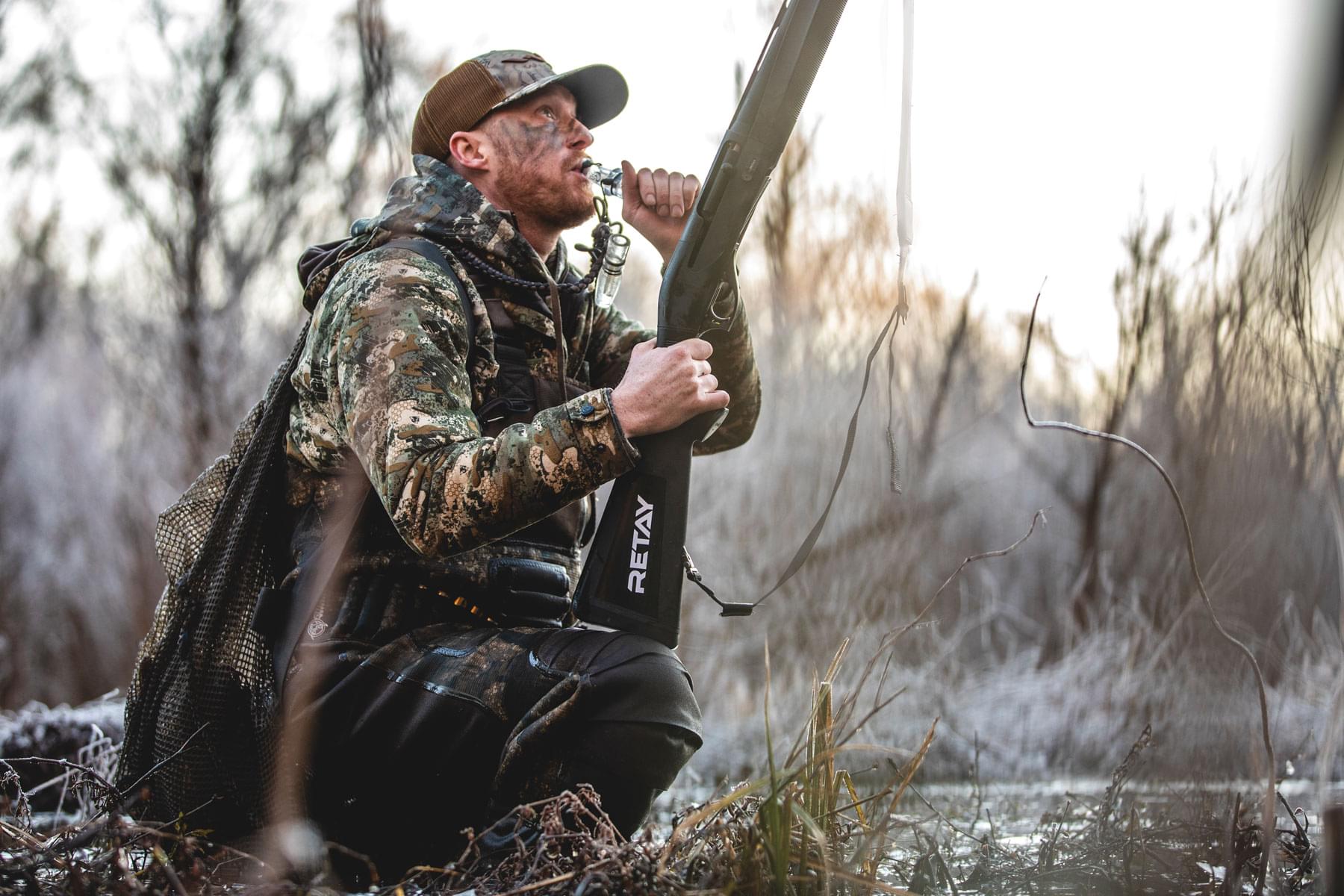One of the most difficult tasks the referee faces in a dry bout is determining whether or not a specific fencing action results in the award of a touch. Although the referee is assisted by the jury of four judges, two watching each fencer, the basic responsibility for managing the awarding of a touch is the referee’s alone. That makes the voting process in the jury is something that must be second nature to the referee.
Any possible touch generates two questions that must be resolved before the touch is awarded. These are:
(1) is the touch material, and
(2) is the touch valid?
Determination of whether or not a hit arrived (materiality) is done by a voting process involving the referee and jury. Determination of whether a hit is awarded or not (validity) is done by the referee alone by applying the rules of right of way in foil or sabre or priority in epee.
For each action in a phrase the referee questions the two judges watching the fencer against whom the action is directed. The order in which the referee questions is immaterial, but both must be asked before the referee states his or her vote. The judges and the referee vote as follows:
Yes – a “yes” vote means that the judge or referee has seen the hit arrest on the opponent on the target for that weapon. This vote is used in all three weapons.
Yes, but not valid – a “yes but not valid” (often colloquially stated as “off target”) means that the judge or referee has seen a hit arrest, but that the hit was not on the valid target. This vote is used in only in foil (unless you are fencing sabre under older rules with an off-target area in sabre). Hits off the sabre target area in dry bouts intended to resemble the conditions of modern fencing are “no.”
No – a “no” vote means the judge or referee saw where the blade went and that it did not land with an arrest. In foil or epee, it may have slapped or grazed the target. In all three weapons it simply may not have landed at all.
Abstain – a vote of “abstain” means that the judge or referee was not able to see where the hit landed, or if it did, because it was out of the field of view or otherwise could not be determined.
Each judge has 1 vote. The referee has 1 ½ votes. There are thus a total of 3 ½ possible votes on each determination of materiality. Abstentions do not count as a vote. The voting process can arrive at the following conclusions:
(1) The two judges agree on no (no hit arrived), yes but not valid (a hit arrived but off target), or yes (a material hit occurred).
(2) If one judge has a definite vote and the other abstains, the referee’s vote determines the materiality.
(3) If the two judges have a definite vote, but the votes are contrary, or if both judges abstain, the referee’s vote determines the materiality.
(4) If all three officials abstain the result is a doubtful hit. In this case the referee may ask the judges on the opposite end of the strip if they observed a hit if the referee believes they may have been better placed to see a hit (a hit to the back as an example).
There are special cases which complicate this further. If one judge votes no, the other yes but not valid, and the referee votes yes, there is agreement that there has been a hit, but there is no agreement that the hit was on the valid target. Any following action is annulled.
And if one judge votes yes and the other yes but not valid with the referee abstaining, there is agreement that there was a hit, but no agreement as to where. Again following action is annulled.
The doubtful hit occupies a special place in determining materiality and validity. If Fencer A scores a doubtful hit, and Fencer B scores a material hit following, Fencer B’s hit is annulled and no touch awarded in the phrase. However, if Fencer A scores a doubtful hit, no intervening hit is scored by Fencer B, and Fencer A scores on a subsequent remise or riposte, then Fencer A’s second hit is allowed. As noted above, if a doubtful hit results where there was agreement that a hit arrived, but whether the hit was on valid target, all subsequent action is annulled.
The voting process should be handled with a minimum of delay. Slow and hesitant action by the referee and unsure votes by the judges confuse the fencers and cause a loss of confidence in the officials. This means that anyone refereeing dry bouts must practice and practice until the process of voting becomes automatic.







